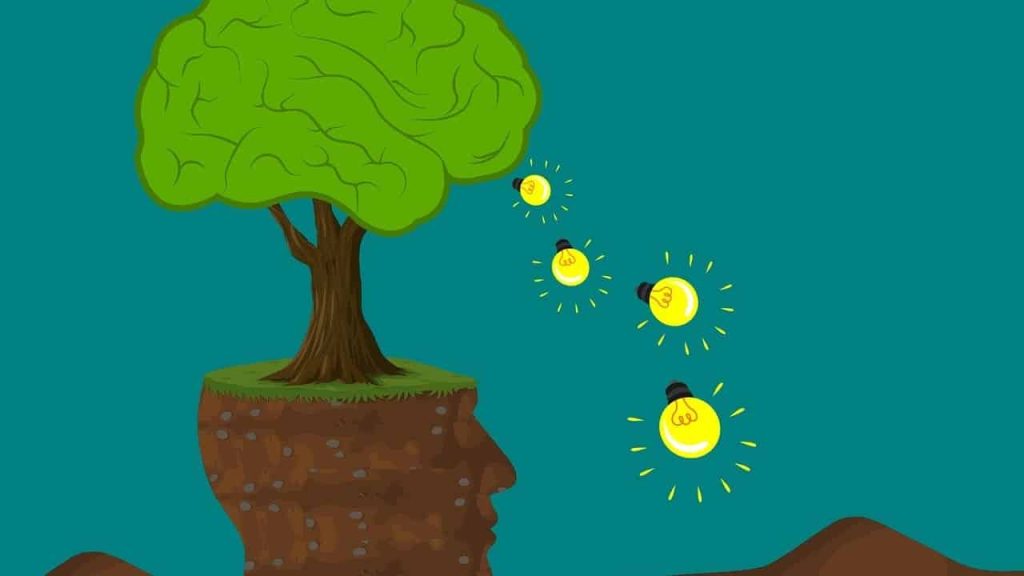Food stamps, officially called the Supplemental Nutrition Assistance Program (SNAP), help people with low incomes buy food. It’s a really important program, helping families put meals on the table. But a big question is, does unemployment affect someone’s ability to get these food assistance benefits? This essay will explore how unemployment and SNAP are connected, and how it all works.
The Direct Link: Does Unemployment Qualify You?
Yes, unemployment significantly impacts eligibility for food stamps. When someone loses their job, they often have a lower income or no income at all. This lower income (or lack of it) is a key factor in determining if they qualify for SNAP benefits. Think about it: if you don’t have money coming in, it’s harder to buy food! SNAP benefits help bridge that gap, ensuring people can still eat while looking for new work. Basically, being unemployed and not earning income often makes you eligible for SNAP, especially if your savings are low and you meet other requirements like asset limits.

Income Limits and SNAP Eligibility
SNAP eligibility is heavily influenced by income. The government sets income limits based on household size. If your household’s gross monthly income falls below a certain threshold, you’re more likely to qualify. The income limits are adjusted periodically to keep up with the cost of living.
What counts as income? Well, it’s pretty much any money coming in.
- Wages from a job (or former job if you’re still getting paid out)
- Unemployment benefits
- Social Security benefits
- Child support payments
Unemployment benefits themselves count as income. This means that while unemployment can make you eligible for SNAP, the unemployment benefits you receive may affect the amount of SNAP assistance you get.
Assets and SNAP Requirements
Besides income, SNAP also looks at your assets. Assets are things you own, like money in the bank or investments. SNAP has asset limits to make sure benefits go to people who really need them. These asset limits can vary from state to state.
Here’s what usually counts as an asset:
- Cash in bank accounts
- Stocks and bonds
- Sometimes, the value of a second vehicle
- Land or other property
Things like your primary home and one vehicle are usually *not* counted as assets. Losing your job can impact your assets, especially if you have to dip into your savings to pay bills. This may make it more difficult to maintain your assets, impacting your eligibility over time.
The Application Process and Unemployment
Applying for SNAP can seem a little tricky, but the process is designed to make sure everyone who needs help gets it. Generally, you apply through your state’s SNAP office (often a Department of Human Services or similar). You’ll need to provide proof of your income, such as recent pay stubs or, if you’re unemployed, a letter from your former employer or proof of unemployment benefits.
You also have to provide information about your household, like who lives with you and how old they are.
Here’s a simplified look at the general steps involved in applying for SNAP:
| Step | What You Do |
|---|---|
| 1 | Apply online or in person. |
| 2 | Provide information about your income (or lack thereof) and assets. |
| 3 | Attend an interview (often over the phone). |
| 4 | Get approved or denied (and find out how much help you will receive). |
Being unemployed makes providing proof of income very straightforward because you can provide a letter from your former employer, or the unemployment benefits that you are receiving.
The Impact on SNAP Benefits
The amount of SNAP benefits you receive is based on your income, your household size, and your allowable deductions (like childcare costs and medical expenses). Someone who is unemployed and has little to no income will likely qualify for the maximum SNAP benefits, or the highest amount of assistance possible. But if you find a part-time job while still unemployed, your benefits might change because your income has changed.
The government uses a formula to figure out how much help you’ll receive. The formula is designed to make sure that even with SNAP benefits, families still have the incentive to work and improve their financial situation.
Here’s how it often works:
- Your income is considered.
- Allowable deductions (like childcare) are subtracted.
- The remaining income is used to calculate your benefit amount.
The SNAP benefits are usually provided through an Electronic Benefit Transfer (EBT) card, which works like a debit card.
In conclusion, unemployment is a significant factor in determining eligibility for food stamps. It directly affects income, which is a crucial element in the SNAP eligibility requirements. While not the only factor, being unemployed and having little to no income often makes individuals and families eligible for food assistance, helping them get through tough times and maintain food security. Understanding the relationship between unemployment and SNAP can help people access the resources they need to get back on their feet.